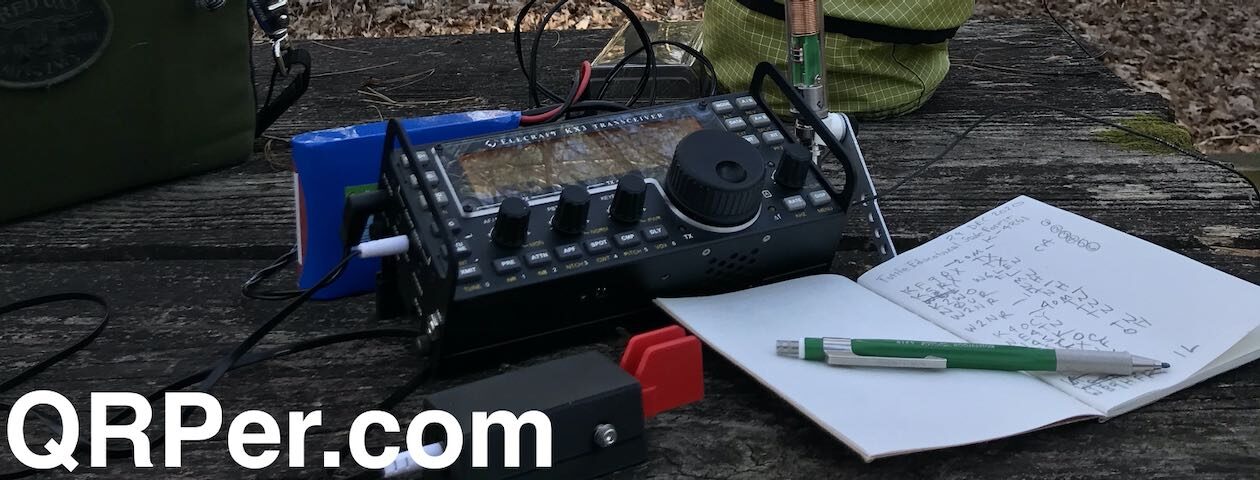Friday, March 24, 2023 was a very special day for Brooks (KO4QCC) and for K4SWL.
I’m so excited to share this with you.
You might recall that, last year, I met up with Brooks at Tuttle Educational State Forest as he performed his very first POTA activation in SSB. He did such an amazing job!
Since I first met Brooks, he’s always had a goal of learning CW and activating parks and summits using Morse Code.
I’ve been in touch with Brooks regularly over the past year and have followed him as he progressed on his CW journey.
Though, like me, he has an active family life, Brooks has found the time to practice CW both through lessons and actual on-the-air contacts. Fortunately, this is all possible because–again, like me–his wife and family are very supportive of his amateur radio adventures!
Early this year, we met on 80 meters and had a good one hour rag chew at about 12 words per minute. I could tell he was ready to do his first POTA activation in CW.
 To give him a little real-world practice, we decided to hit the field on a day when I was performing an activation and he could log for me in real-time.
To give him a little real-world practice, we decided to hit the field on a day when I was performing an activation and he could log for me in real-time.
I could tell by how well he was logging as I worked stations at 18WPM that he was ready to perform his first activation, so we made it a goal to do so within the next couple weeks.
Fast-forward to 8:30 AM on March 24 when Brooks and I met at the Folk Art Center on the Blue Ridge Parkway. Coincidentally, this is the same location where I performed my first CW activation!
We deployed his MFJ-1984MP 40 meter EFHW (End-Fed Half Wave) and connected it to his Xiegu X5105 transceiver in very short order. Brooks also chose his lucky CW Morse paddle for this activation.
But before hopping into the field report, let’s back up just a bit…
First CW Activation: Getting there…
 Brooks very kindly wanted to share a bit about his CW journey in this field report. He writes:
Brooks very kindly wanted to share a bit about his CW journey in this field report. He writes:
From the moment I knew of its existence, becoming a POTA activator using CW has been at the top of my “radio bucket list.”
It seemed like the ultimate challenge and I knew I would never be satisfied until I was able to confidently activate parks using CW. There is also a bit of mystique to CW that other modes lack, making it inherently more interesting to me. In this article, I am going to share the path I took to learn CW and how it culminated in a very successful CW activation.
Continue reading Join Brooks (KO4QCC) on his First CW POTA Activation–!





























